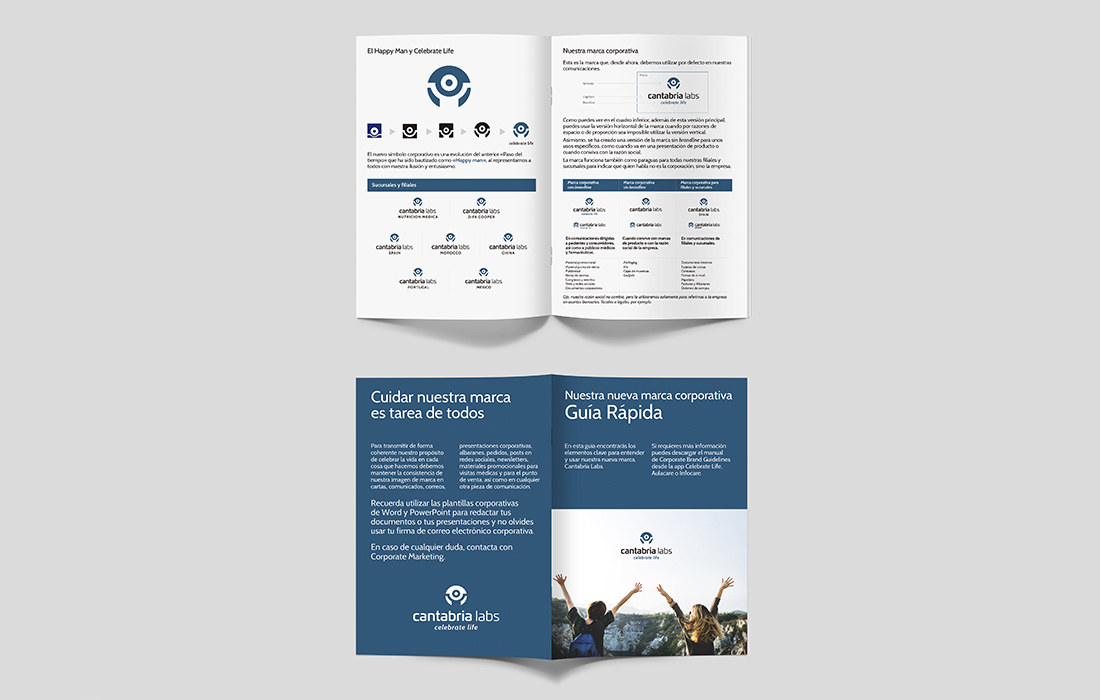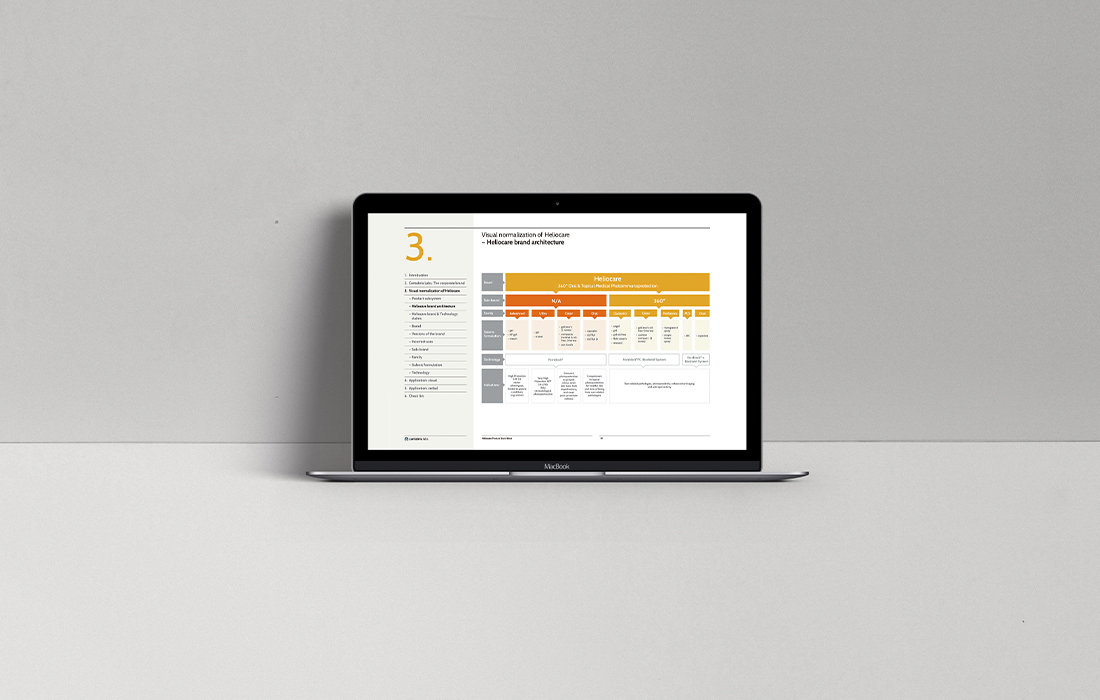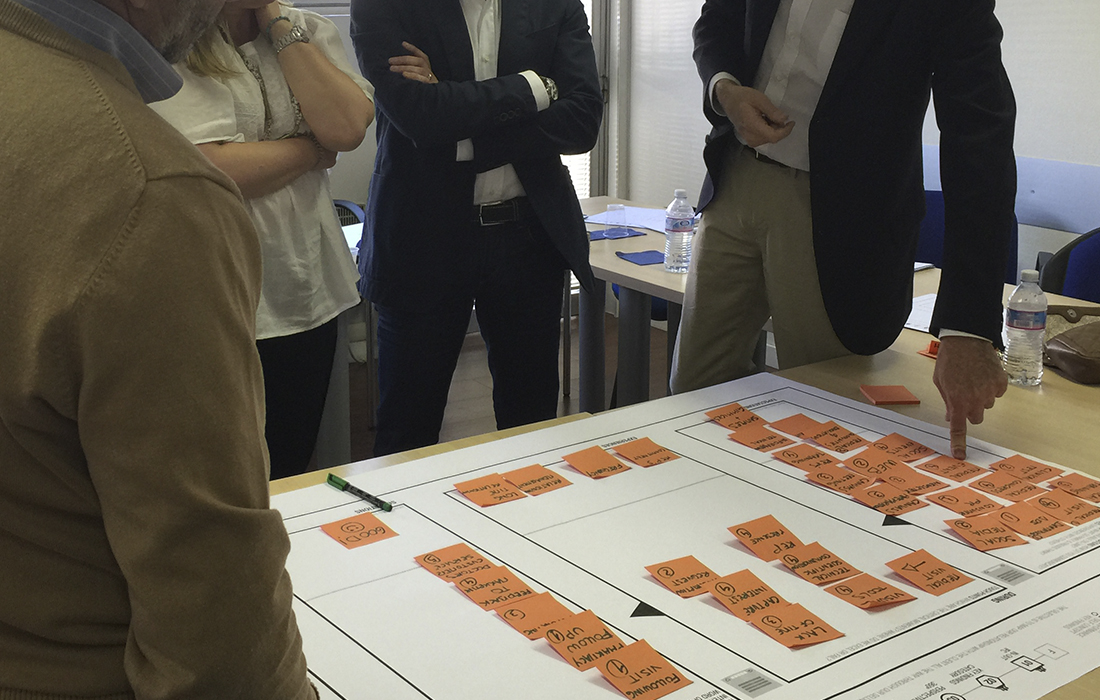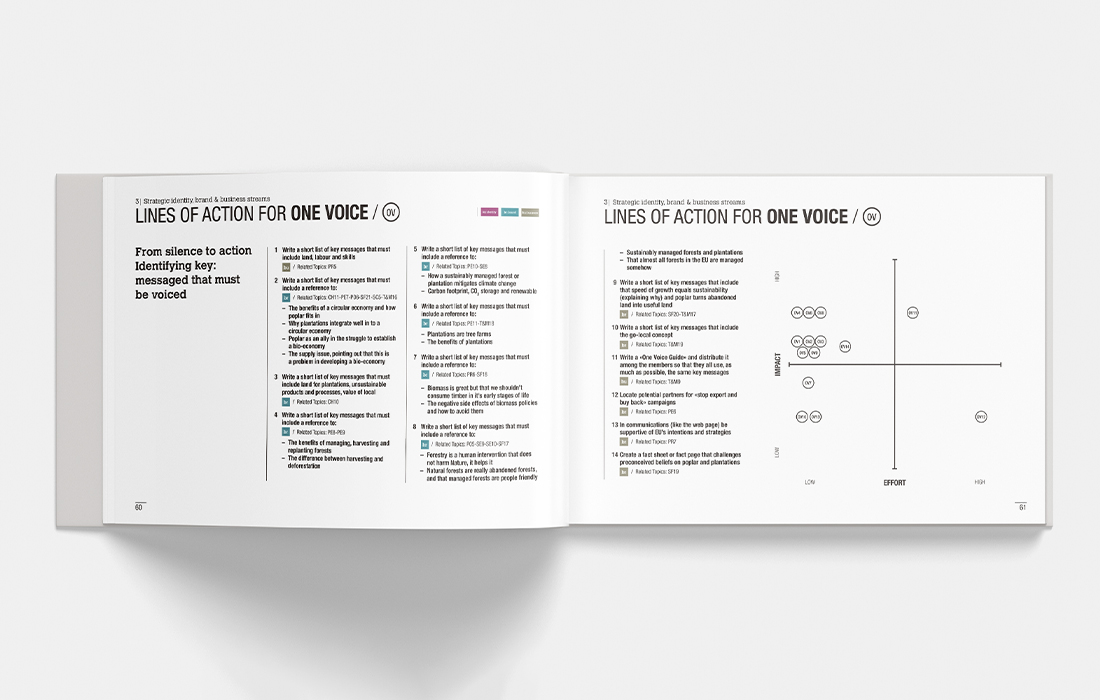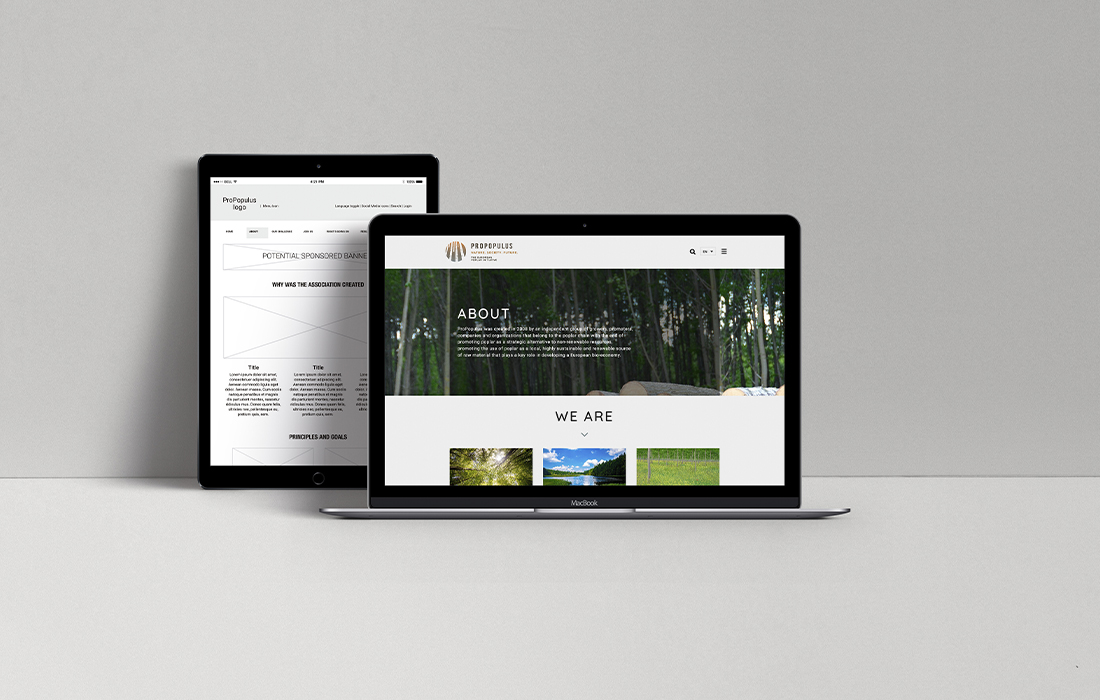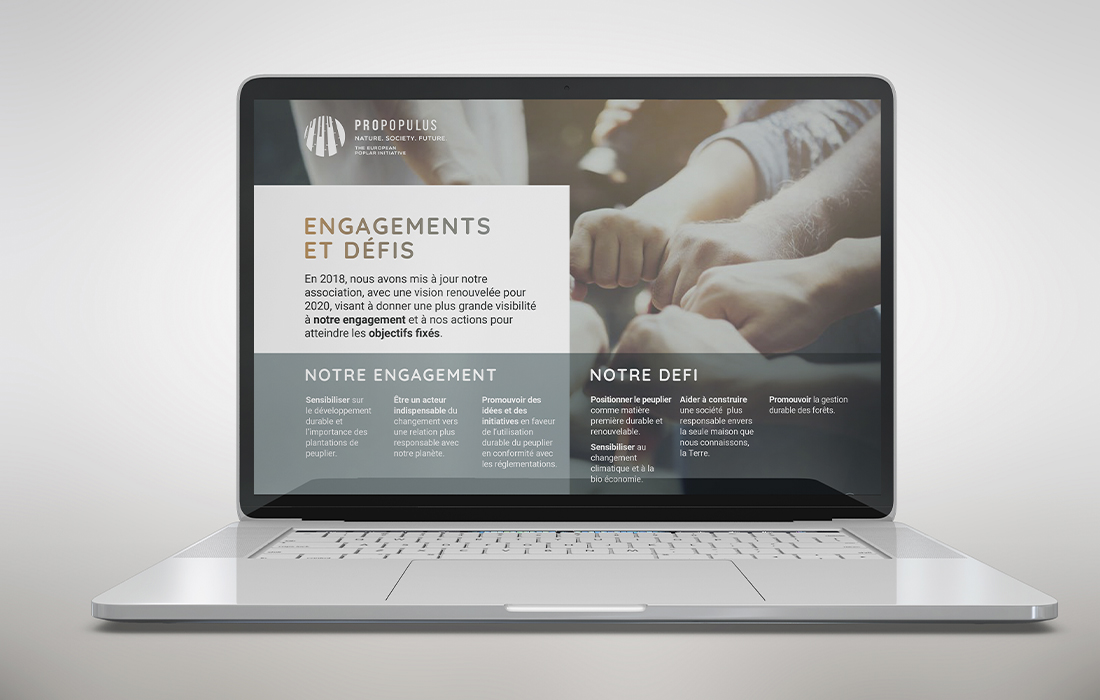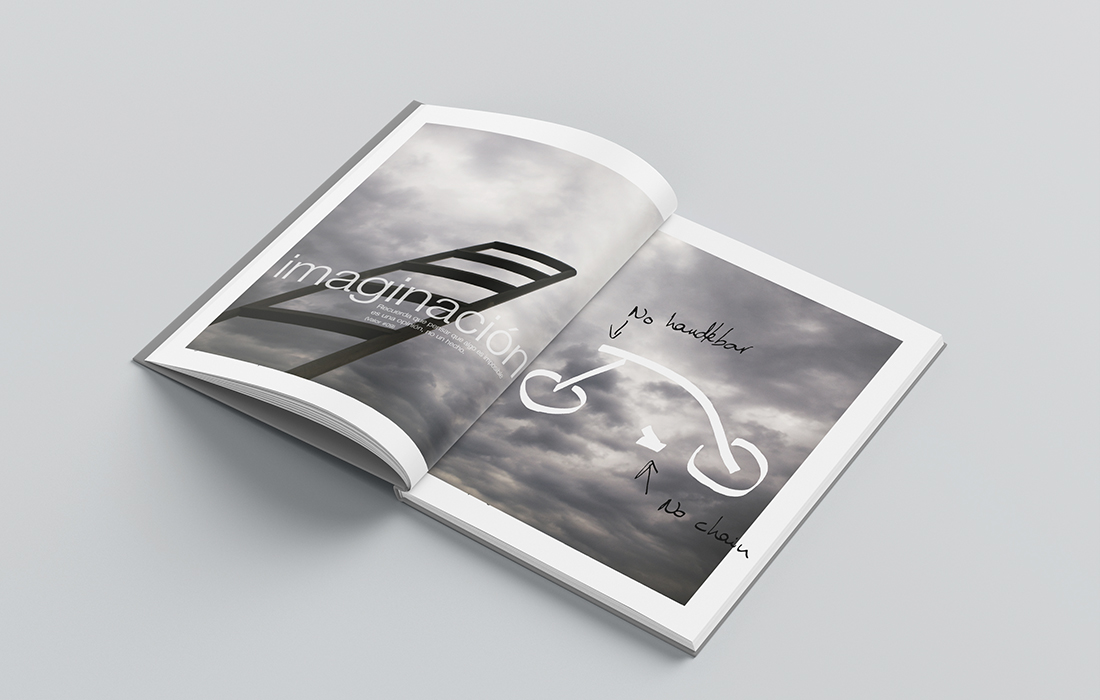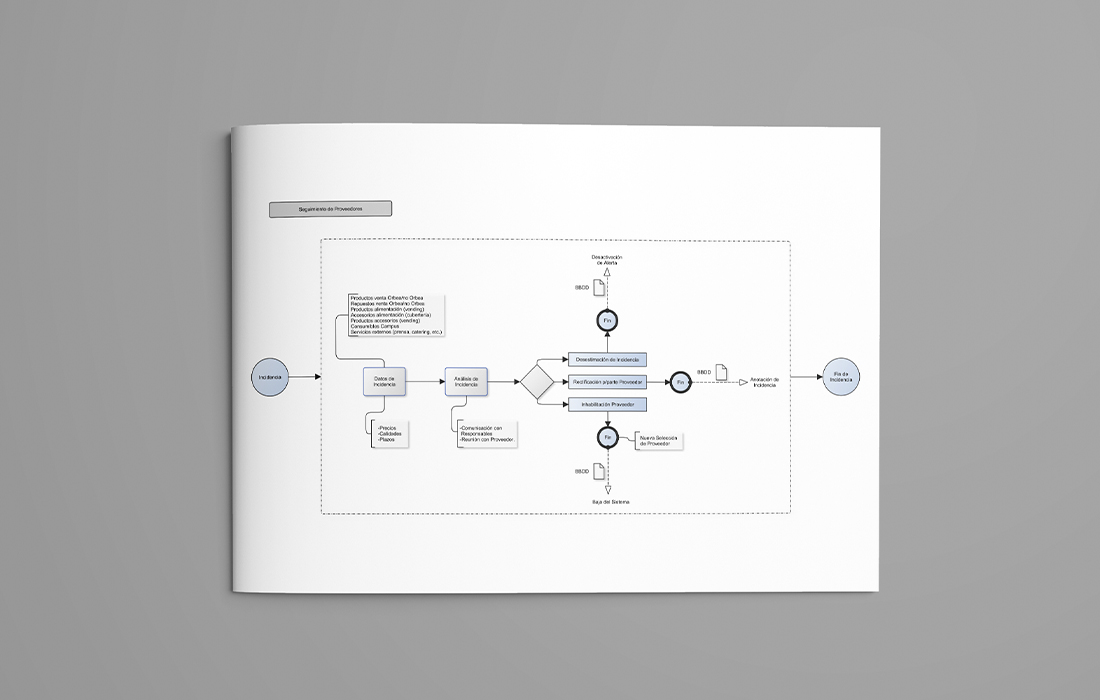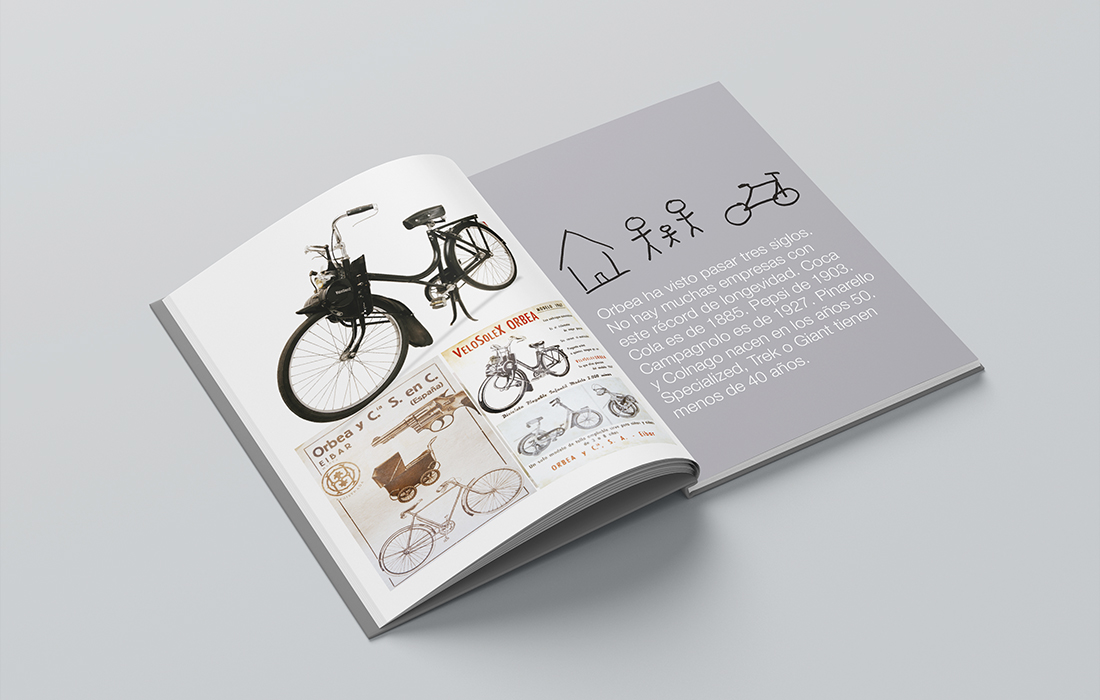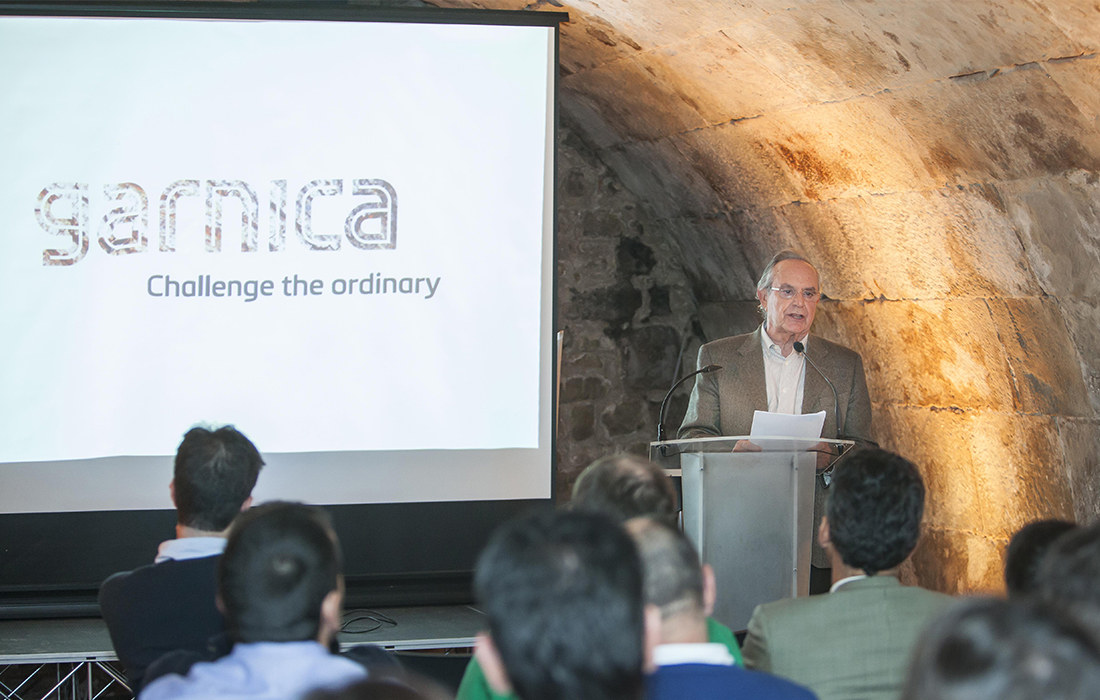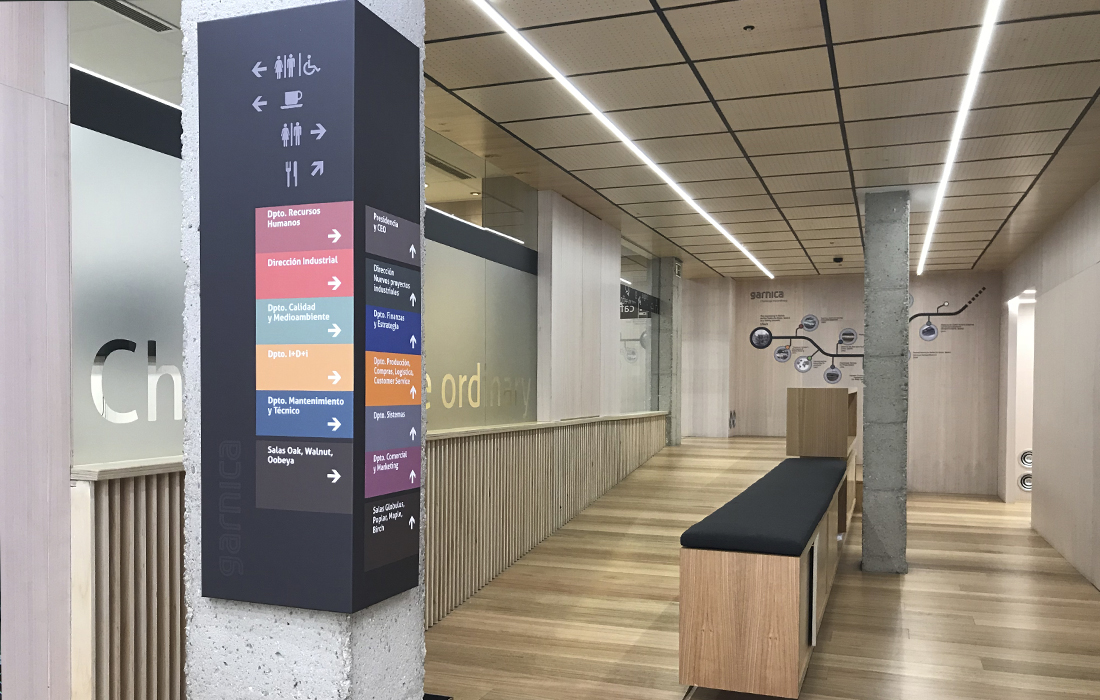
19 Feb What the post-COVID consumer wants
Whiplash Team, 19th February 2021
What the post-COVID consumer wants
For organisations it is vital to connect with consumers. They need to understand how COVID-19 has changed consumers to rethink the company, the business model, and the brand.
Although there seems to be light at the end of the tunnel thanks to the vaccines against the coronavirus, the new normal will never be what it was before the pandemic. COVID-19 has had a lasting impact on the way we live, work, and consume. It has generated changes in people, in their way of understanding life, in their priorities and in their way of relating with others.
The study “Consumer Trends 2021” carried out by the consulting firm LLYC reveals that this year feels like an extension of the previous one, causing consumers emotional stress to continue on the rise. This implies that brands will have to develop greater empathy with their customers, to understand what they need and make life easier for them. Additionally, they should be more creative and be able to transform risky scenarios into opportunities.
During 2020, lockdowns and social distancing have triggered trends that were already in sight before the pandemic. Technology has been the vehicle to consolidate these trends.
We know, for example, that although with different degrees of application according to countries and industries, telecommuting is here to stay. Consequently, the recruitment and hiring of personnel have also changed. As presence at work sites decreases, the option of getting the best professionals into the team, regardless of their physical location, is more attractive for companies.
In turn, all the above have an impact on cities, on the real estate market, on the leisure services offered and on commerce. Living in a big city loses importance. Employees no longer need to be near workspaces. Thus, they opt for cheaper places to live, with more space and away from the pollution of the big cities.
As consumers change, their consumption habits and patterns change. According to a recent report by thinkwithgoogle.com, the acceleration of digital adoption has led more and more users to do on-line what they used to do off-line. Consuming leisure or educational products or services, seeing the doctor, going to the gym, all virtually, are just examples.
Online consumption is exploding. In this context, brands must be agile to adapt to new user demands and make quick decisions, in an uncertain and volatile situation. In addition, the pandemic has reaffirmed the notion of responsible consumption and the tendency to seek fewer products of higher quality. Brands will need to embrace these concepts and think in terms of the circular economy and so connect better with the post COVID-19 consumer.
In addition, they will need to consider the key consumer trends that are expected to continue this year and act accordingly. According to Google Trends, consumer demand will continue to be dynamic and expectations of value for money higher than ever.
Additionally, customers are increasingly looking at on-line storefronts and expecting more delivery options for products. This shows that organizations should invest in optimizing their on-line catalogues and shopping options, as well as alternatives to make it easier for the buyer to receive their order.
Finally, consumers are increasingly taking into account from which companies they buy from and expect brands to connect with their values and expectations of social, economic and environmental sustainability. Incorporating this concept into the purpose of the brand as part of its DNA, taking actions that demonstrate it and communicating it effectively and consistently, is no longer an option but an obligation.




